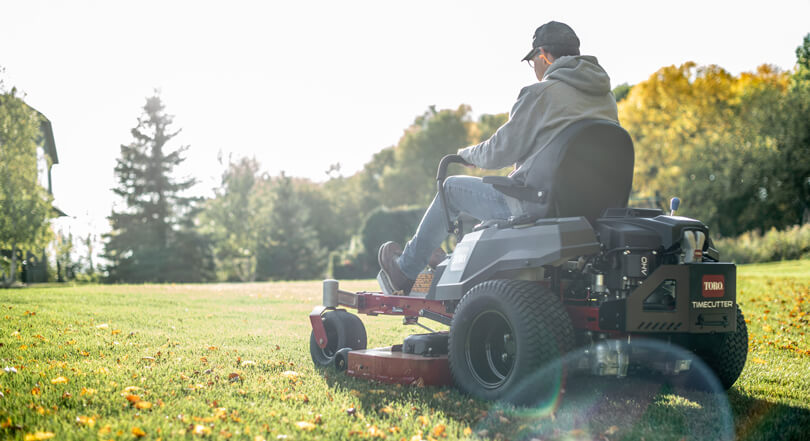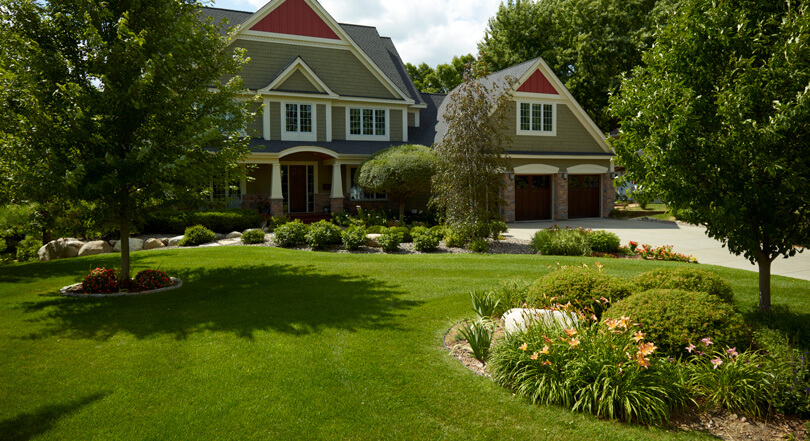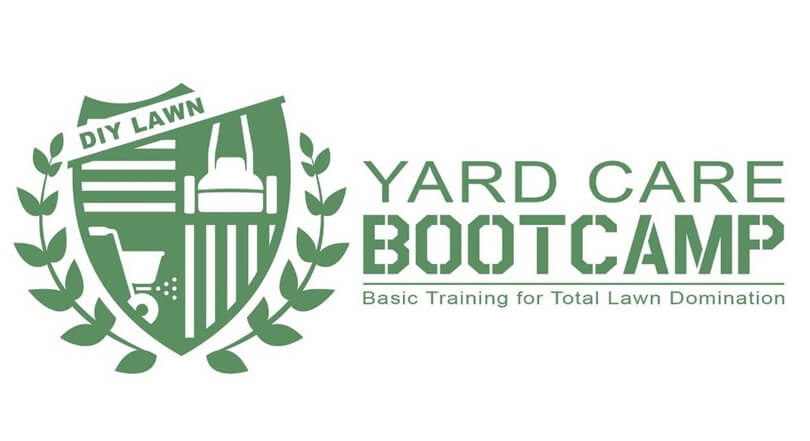
Are you on Team Mulch or Team Bag? Some homeowners think bagging clippings is more beneficial than returning them to your lawn, but recycling them could be just as beneficial, if not more so. Recycling clippings not only improves lawn health, but also may have economic and environmental benefits.
The terms “bagging”, “recycling” and “mulching” are easily mixed up. For the purposes of this article, let’s break down the definitions. Some people use the phrase bagging mulch when the phrase they mean to use is bagging clippings. Clippings are the minute pieces of cut grass, while mulch is the layer of material added back to the soil — and recycling is the process of turning clippings into mulch, commonly referred to as mulching. Homeowners and landscapers either bag clippings or they recycle clippings into mulch.
Technology has advanced and you now have access to mowing blades that chop grass clippings into finer pieces. Homeowners used to be worried about recycled clippings leading to thatch buildup, but that’s not the case anymore with most mowers. Recycling clippings is easier than bagging them, too. Simply let the mower disperse clippings throughout the lawn rather than disposing of them.
Not yet convinced about what to do with grass clippings? Here’s why you should consider recycling them:
1. Reduces Fertilizer Usage
Mulched clippings act as a fertilizer, adding nutrients to your lawn’s soil. They may reduce the amount of nitrogen fertilizer needed by 50% or more. That’s because if you’re bagging mulch, nitrogen is removed from the system, but when you recycle them, nitrogen is slowly released from the plant tissue back into the soil.
2. Supports Soil Absorption
Conserving water is top of mind today with increasing drought and population growth. Studies have shown using grass clippings as mulch improves the soil’s water absorption ability by 12%, due to the soil structure improving because of the extra organic matter clippings provide. Increased absorption means you can use less water and minimize how much is wasted.
3. Saves Time and Money
The less fertilizer you use, the less money you spend — and the less time and energy you spend applying it. Skipping bagging saves time, too. You don’t have to dump the bag over and over when it gets full. With mulching, there’s no need to stop.
4. Is More Environmentally Cautious
Recycling clippings is more efficient than bagging, too. Bagged clippings are sent to the landfill or shipped to a compost site to be processed, neither of which are the most efficient option. If clippings do make it to a compost site (the more environmentally-friendly option of the two), they’re processed, packaged and shipped to locations across the country for the end consumer to purchase — which still requires a large amount of energy expenditure.
5. Controls Weeds
Mulch acts as a natural barrier between your lawn and weed seeds, preventing weeds from taking root.
When to Bag Clippings
There are a few situations where recycling clippings doesn’t make sense, though. Stick to bagging clippings if loose clippings on the turf will interfere with how the grass is used, like on a sports field. Additional circumstances include when the grass is wet, your lawn is affected by disease or there is an abundance of weeds. Mulching may spread the disease or weed seeds to other areas of the lawn.
When mulching grass, remove only 1/3 of the grass length, or a maximum of one inch. Smaller clippings have no problem settling on the soil surface and decomposing quickly, but larger clippings can shade or suffocate the grass, causing damage.
Toro Mulching Solutions
Toro carries a large inventory of riding mowers and walk-behind mowers that mulch your grass clippings into tiny pieces, perfect for recycling clippings and helping improve lawn health. Our innovative Vortex Technology provides more airflow to the cutting deck, creating Lawn VitaminsTM that nourish your lawn.
Consider opting for a riding mower to get the job done quickly and easily. A 2-in-1 blade is perfect for most mulching applications — but for finer, clump-free mulch, check out our zero-turn mulching kits. Regardless of the blade you use, be sure to sharpen it yearly. That way, it will perform well for many mows into the future.
The strong environmental and economic benefits of recycling your grass clippings are clear. It might be time to give it a shot.



